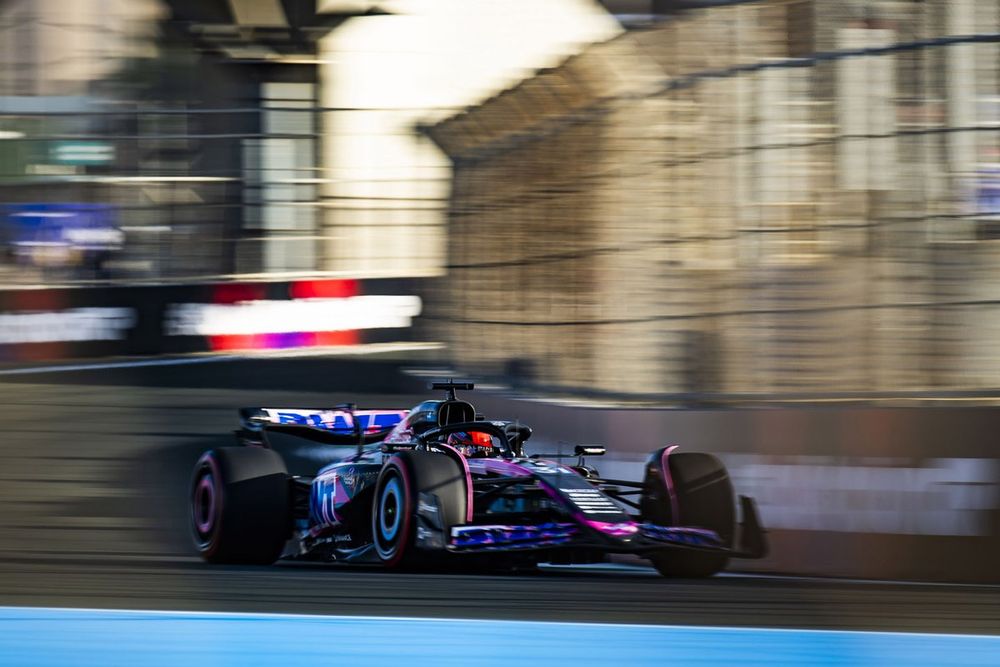When teams embark on a significant change of direction, it is natural for them to undergo a learning phase as they seek to optimize their new platform for performance.
In the case of Alpine, however, this year’s overhaul has yet to yield the progress anticipated, leaving their A524 model notably lagging behind competitors in the initial two races.
The concerns expressed by key figures within the team during the launch of the new car have proven to be well-founded. However, the reality has been even harsher than anticipated, with the French outfit currently struggling near the back of the grid.
As team principal Bruno Famin acknowledged ahead of the Australian Grand Prix, “It’s been a challenging start to the season. In fact, it’s been more demanding than we initially foresaw.

We must continue to progress and deepen our understanding of why we are lacking performance, and ultimately, how we can enhance our overall package. Clearly, there are issues that need to be addressed urgently.”
Challenges Facing Alpine:
Alpine finds itself grappling with multiple issues simultaneously, necessitating concerted efforts across various fronts to facilitate any meaningful advancement.
1. Power Unit Deficit:
Alpine is hindered by a power unit that trails behind its competitors, putting the team at a disadvantage. Estimates suggest a power deficit ranging from 15 to 30 horsepower, a significant margin in the fiercely competitive midfield.
2. Weight Issues:
Alpine’s car has debuted overweight, a matter that has been widely discussed. While precise figures haven’t been disclosed, it is believed that the team had to add up to 15 kilograms to meet specific crash test requirements during the offseason, pushing the car above the minimum weight limit.
3. Rear-End Performance:
The most pressing concern revolves around the rear of the car, where drivers Pierre Gasly and Esteban Ocon struggle with insufficient traction and downforce. Technical Director Matt Harman highlighted the need to improve the car’s coefficient of lift, rear (CLR) to enhance rear downforce, crucial for achieving better balance and grip.

Addressing the Challenges:
Harman outlined a clear plan to rectify these issues and bring the team back within the prescribed weight limit. Efforts are underway to enhance rear-end performance through mechanical adjustments and advanced aerodynamic solutions.
Harman emphasized the necessity of taking risks to break through performance barriers, citing limitations encountered midway through the A523 model’s development. The decision to pursue significant changes for the A524 was driven by the need to unlock untapped potential and avoid stagnation in performance.
Looking Ahead:
While Harman has since stepped down, a new technical structure is in place to spearhead Alpine’s recovery efforts. The decision to implement changes this year was motivated by a long-term perspective, aiming to secure competitive viability for the next two years.
Alpine remains hopeful that short-term setbacks will pave the way for enduring success in the future, underlining the team’s commitment to navigating through challenges for sustained performance gains.

